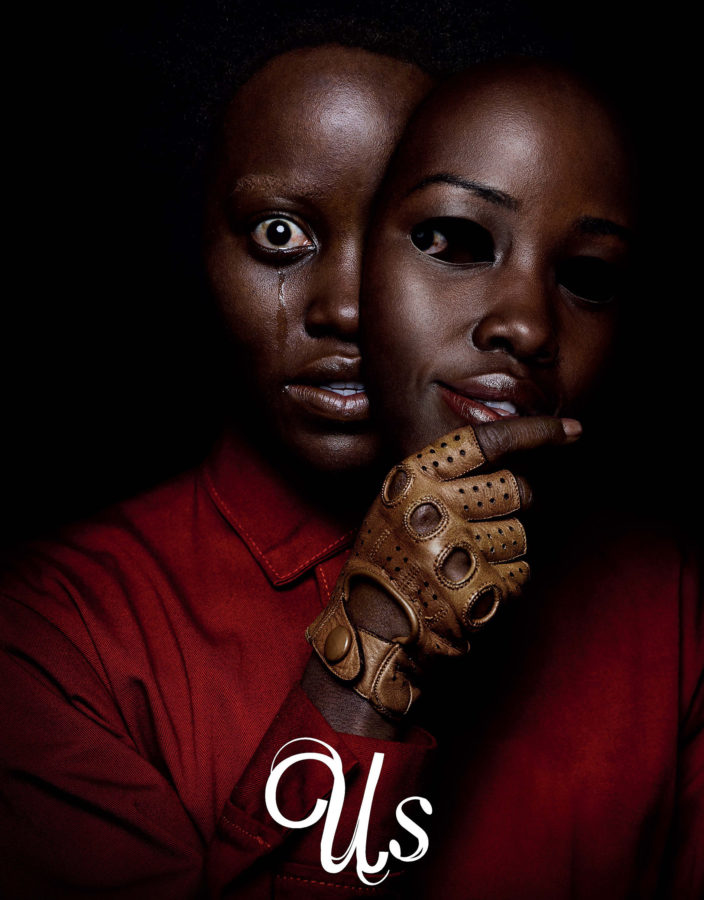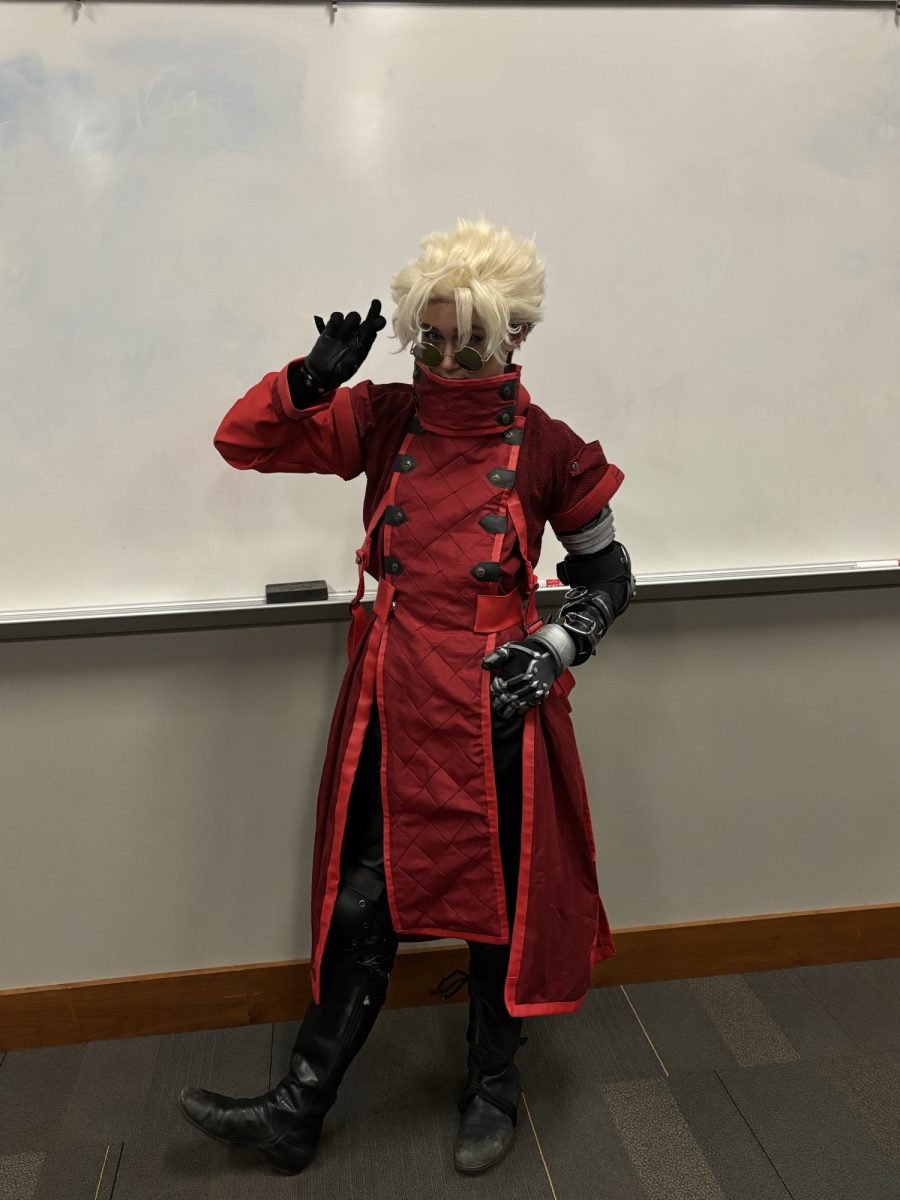Jordan Peele, the comedy writer and actor turned horror director, has once again defied expectations and created a truly unique, psychologically thrilling experience with his newest film “Us.” Not only is Peele’s second venture into the twisted landscape of the horror genre equally enticing as his directorial debut, “Get Out,” but it also is a much different type of thriller both in scale and in tone, proving Peele’s versatility and talent as a director.
“Us” follows the story of Adelaide Wilson and her family as their summer vacation is suddenly interrupted by four people dressed entirely in red who look exactly like them. These scarlet doppelgängers wielding golden scissors terrorize the Wilson family as their struggle to survive unfolds a narrative that is both haunting and reflective of modern political culture. It is a gripping story from start to finish and is almost certainly deserving of all the critical praise that it has received.
Much like “Get Out.” “Us” makes ingenious use of foreshadowing throughout the first act, layering in details that seem to build the setting or develop the characters but inevitably serve a much bigger purpose later in the film. The choices in cinematography help to build this foreshadowing while also helping to build the themes of the story. From the very beginning of the movie, mirrors make themselves a very prevalent fixture in the setting, and throughout the movie, many of the shots focus on the reflections of people rather than the people themselves.
This is just one example of how “Us” builds and sustains its incredibly rich tone.
Another thing that contributes to this is the score by Michael Abels, which features a diverse blend of foreboding choral music and pop culture classics such as songs by the Beach Boys and Outkast. It breaks away from the horror movie standard of repeating the same theme over and over to signify that the danger is approaching and instead uses a wide range of orchestral and electronic music to make each moment feel unique and intense.
The performances in this movie are also absolutely interstellar, with each actor having the task of pulling off not only their character, but also that of their mirror image. This would be a very different film with a less talented cast, but the talent is brimming from the screen in these performances. Lupita Nyong’o, who plays both the main character, Adelaide Wilson, and her doppelgänger, Red, makes a chilling distinction between her two characters. From the obvious differences such as Red’s raspy voice to the more subtle, such as the way the doppelgänger snaps in and out of facial expressions, Nyong’o and her fellow cast members make the mysterious scarlet-clad figures feel like chillingly independent entities from the characters that they resemble.
It should be said that “Us” is not a movie for the faint-hearted. Not only is the imagery often graphic, but there are many moments where the tone is incredibly dark and tense at the same time, creating an underlying anxiety that remains present throughout the entire second and third acts of the film. Even the story alone is enough to give the average movie-goer nightmares, but that taken in tandem with the chilling performances, haunting imagery, and piercing score can leave a person avoiding anyone wearing the color red for weeks.
“Us” brings something to the horror genre that seldom comes around anymore: efficient originality. Although the concept of evil doppelgängers is far from new, Peele takes it in a direction that is both unique and relevant to modern society, and he does it while also making a fundamentally good film. It will surely become known as one of the best films of 2019 and be remembered and praised for many years to come.
photo courtesy IMDb

























